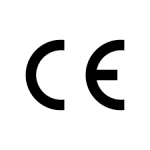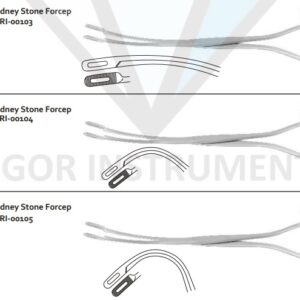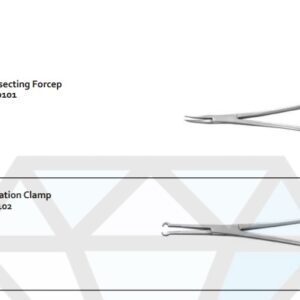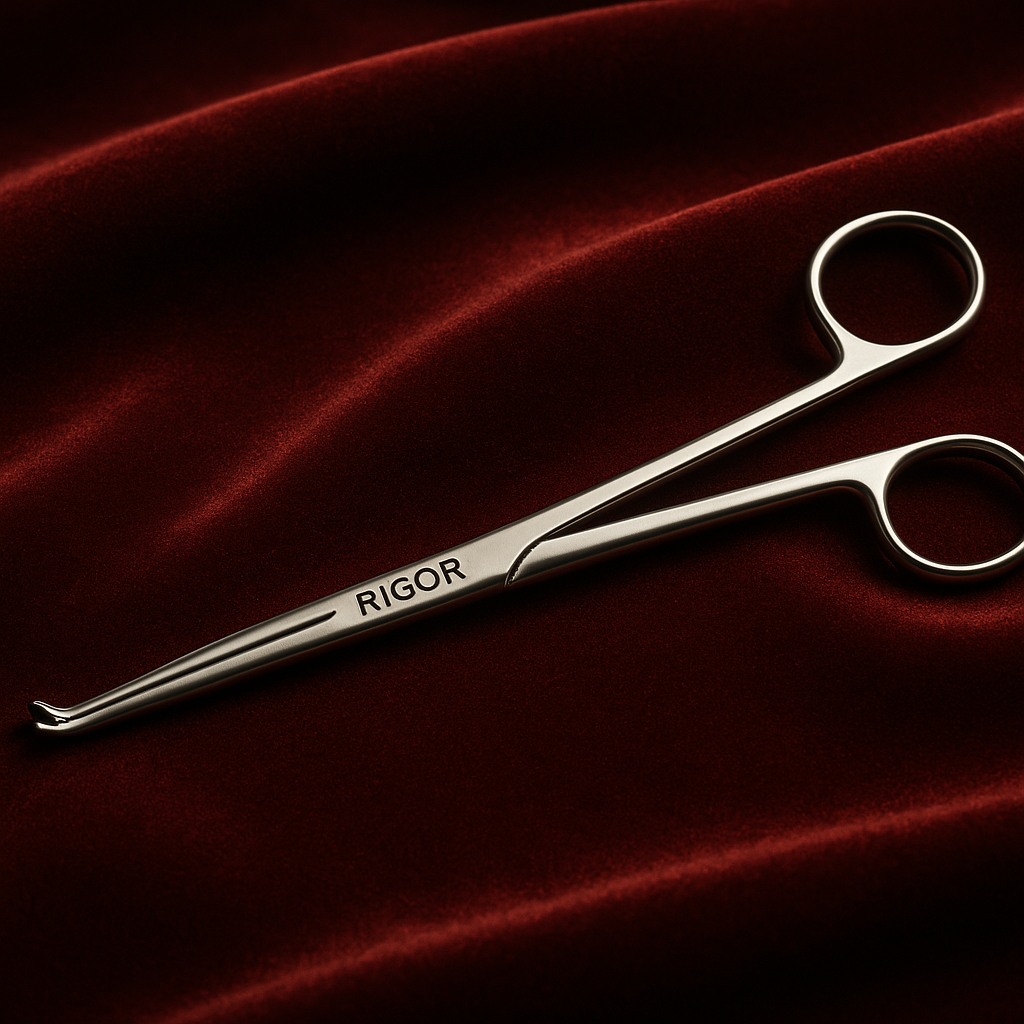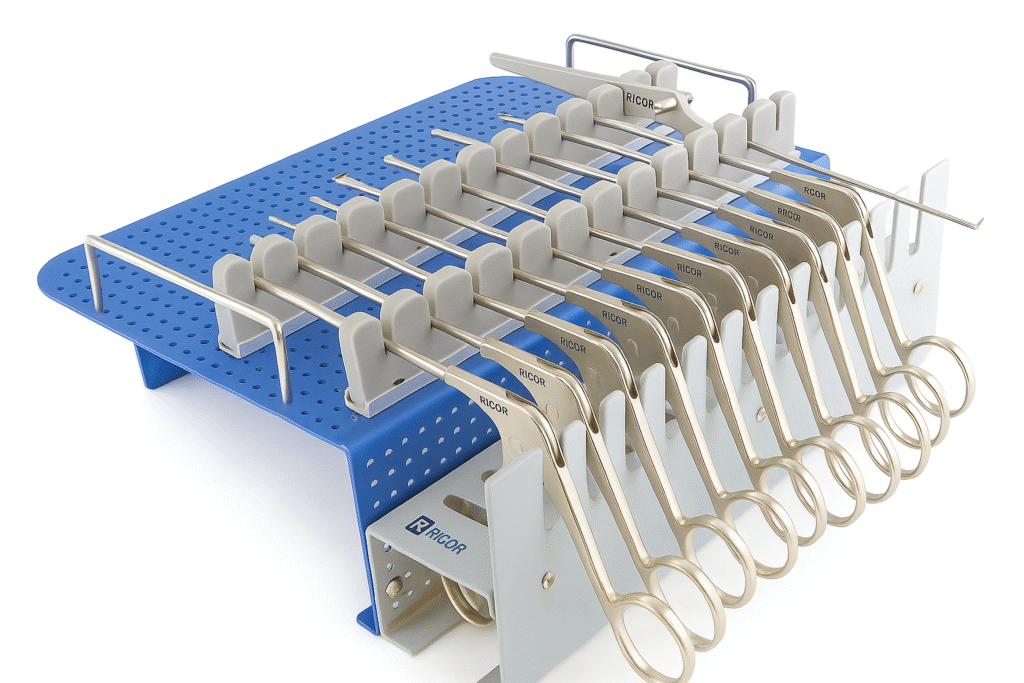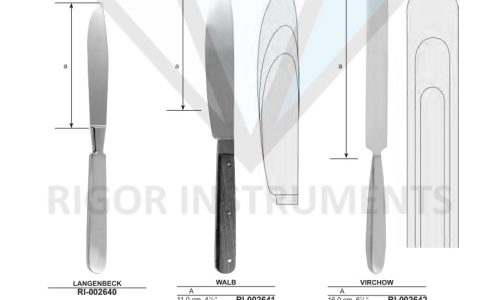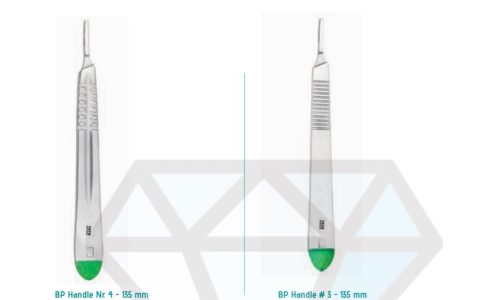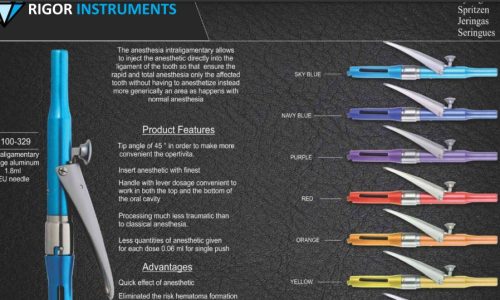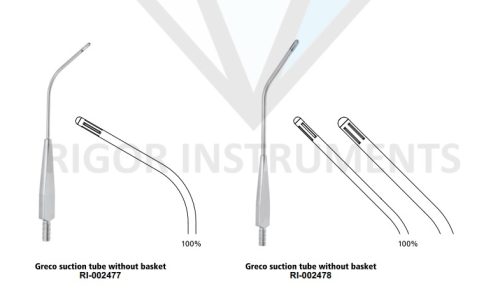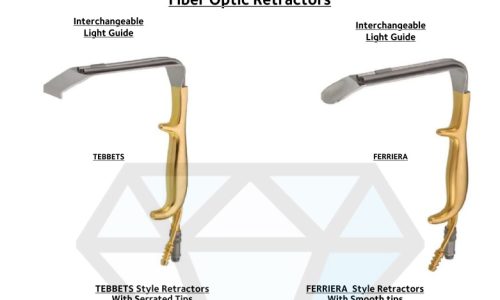Urology Surgical Instruments
-
Sale!

Randall Kidney Stone Forcep (RI-00103)
$40.00Original price was: $40.00.$38.00Current price is: $38.00. View More -
Sale!

Vasectomy Dissecting Forcep (RI-00101)
$20.00Original price was: $20.00.$18.00Current price is: $18.00. View More -
Sale!

Vasectomy Fixation Clamp (RI-00102)
$22.00Original price was: $22.00.$20.00Current price is: $20.00. View More
Surgical Instruments Blog
Precision Engineered: Custom-Made Atraumatic DeBakey Clamps Designed by a Surgeon At Rigor Instruments, innovation begins with one principle: listen to the surgeon. When a highly experienced cardiovascular surgeon approached us
Why Rigor Instruments Invested in Smart Product Search — And Why It’s the Future of Surgical Buying In a crowded digital world, buyers don’t want to browse — they want
One-Stop Surgical Instrument Sourcing: Why Rigor Instruments is the Complete Solution You’ve Been Searching For When Quality Meets Convenience — Rigor Delivers For decades, international buyers have faced
Reusable vs. Single-Use Surgical Instruments: Why RIGOR Stands Firm on Reusables In the fast-paced world of modern surgery, the conversation around single-use vs. reusable surgical instruments is louder than ever.
Laryngeal Forceps: Precision Tools for ENT & Airway Procedures Laryngeal forceps are specialized surgical instruments used in ear, nose, and throat (ENT) and laryngological procedures. These forceps are designed for
Mastering Arthroscopy Punches: Types, Surgical Uses & Rigor’s CNC Precision Leadership Arthroscopy is a minimally invasive surgical procedure that requires tools of extreme precision—and none more important than the arthroscopy
What are Urology Surgical Instruments

Urologists utilize specialized instruments called urology surgical instruments to operate on the male reproductive system and the urinary tract. When performing delicate tissue manipulation, cutting, and suturing procedures, these devices are made to be precise, accurate, and safe. Here, we’ll look more closely at some of the most popular urology surgical instruments and how they’re used.
Types of Urology Surgical Instruments
1. Cystoscope
Urologists may see within the urinary tract using the cystoscope, a tube-shaped equipment with a light and lens system at one end. It is frequently used to identify and treat diseases including bladder cancer, kidney stones, and urethritis. The urethra is often used to put the flexible or rigid cystoscope into the bladder.
2. Ureteroscope
A tiny, flexible device called a ureteroscope is used to see within the ureter, the tube that links the kidney to the bladder. It is frequently used to identify and treat diseases such tumors, kidney stones, and ureteral strictures. A wire is used to guide the ureteroscope into the ureter after it has been placed via the urethra.
3. Nephroscope
A tubular tool called a nephroscope is used to inspect and remove kidney stones. It is normally put into the kidney by a tiny incision in the back and has a light and lens system at one end. Urologists can see the stone with the nephroscope and use specialized tools to remove or break it up.
4. Laparoscope
Urologists may see within the abdomen using the laparoscope, a tubular equipment with a light and lens system at one end. It is frequently used to identify and treat diseases including prostate, bladder, and kidney cancer. A tiny abdominal incision is used to implant the laparoscope, which enables urologists to do minimally invasive surgery.
5. Cystoscope Bridge
During urologic operations, the cystoscope is stabilized by the cystoscope bridge, a specialized tool. It is frequently applied when additional devices, such biopsy forceps or laser fibers, need to be inserted. The cystoscope bridge allows precise visualization of the urinary system and aids in stopping the cystoscope from moving.
6. Biopsy Forceps
Specialized tools called “biopsy forceps” are used to collect tissue samples for analysis. They are made to be used with ureteroscopes, cystoscopes, and other urologic tools and are available in a variety of sizes and forms. For the diagnosis of prostate cancer, bladder cancer, and other urologic diseases, biopsy forceps are frequently employed.
7. Laser Fibers
Laser energy is delivered to tissue by means of tiny, pliable tools called laser fibers. They are made to be used with ureteroscopes, cystoscopes, and other urologic tools and are available in a variety of sizes and forms. Kidney stones, ureteral strictures, and bladder tumors are all often treated using laser fibers.
8. Stone Baskets
Specialized tools called stone baskets are used to clean the urinary system of material like kidney stones. They are made to be utilized with nephroscopes and ureteroscopes and are available in a variety of sizes and forms. To remove tiny kidney stones and other blockages from the urinary system, stone baskets are frequently employed.
9. Urethrotome
The narrowings in the urethra known as urethral strictures, which can make it difficult to urinate, are treated using the urethrotome, a specialized instrument. In order to reach the procedure site, the urethrotome is introduced into the urethra.
Why Rigor Instruments
Rigor is a second-generation surgical instruments manufacturer and supplier from Sialkot Pakistan providing best quality in Urology Surgical Instruments since 1985.
Our exquisite quality and competitive pricing has given us great competitive advantage in the global surgical instruments market. Our ambition is to become a leader in international market in Urology Surgical Instruments.
Have a glance at our wide range of Urology Surgical Instruments with details,

